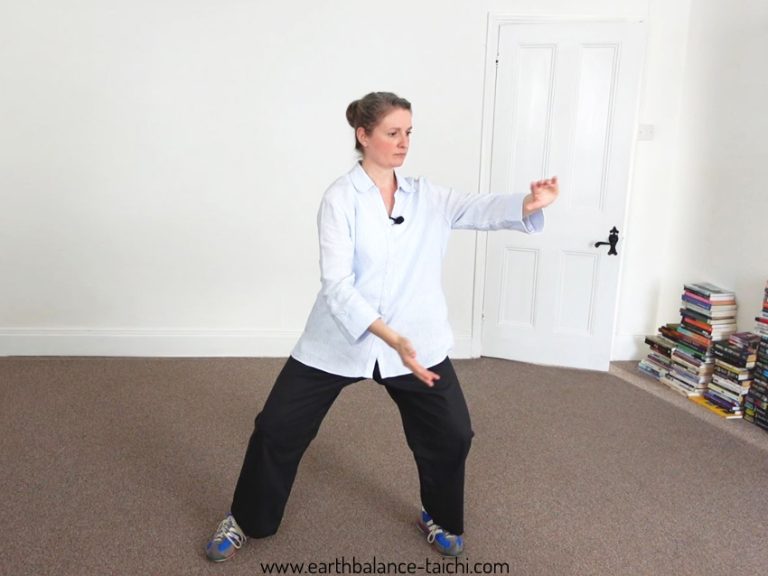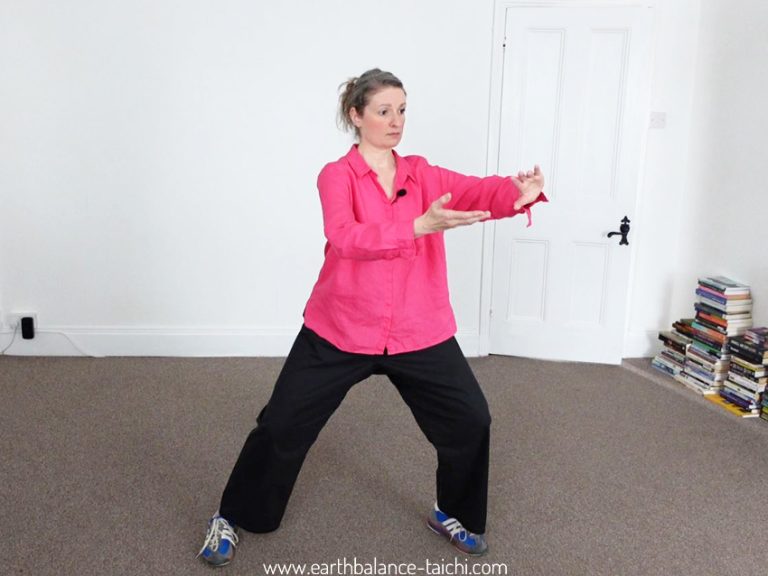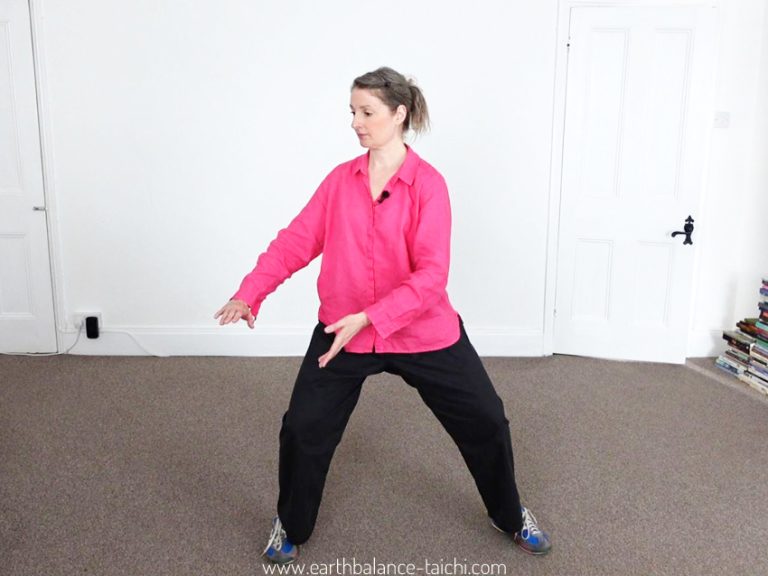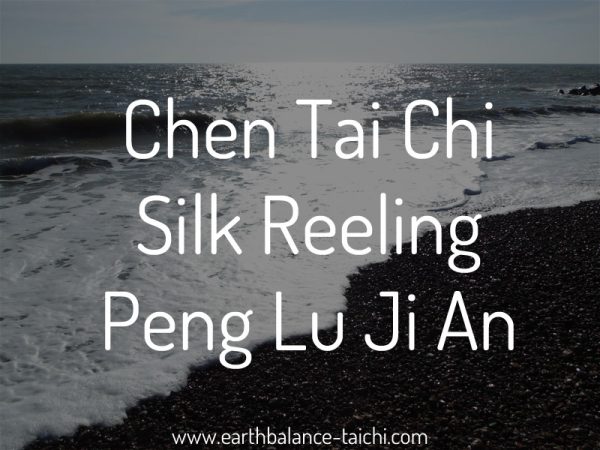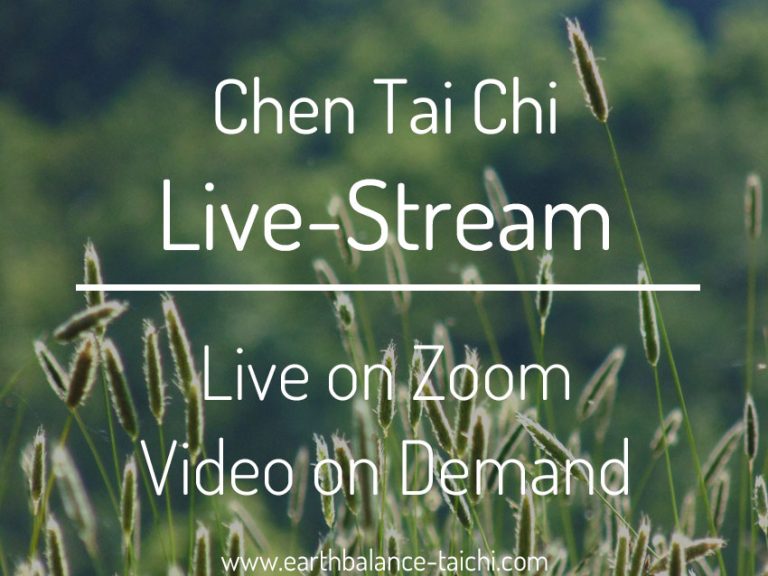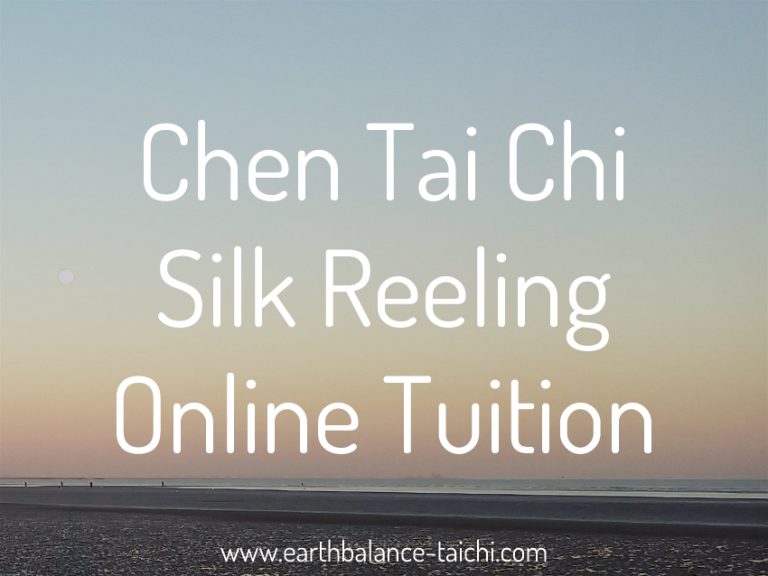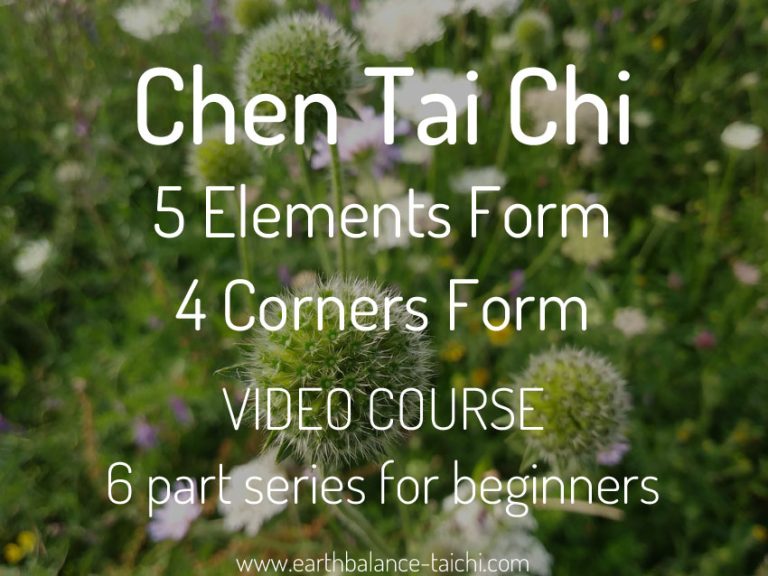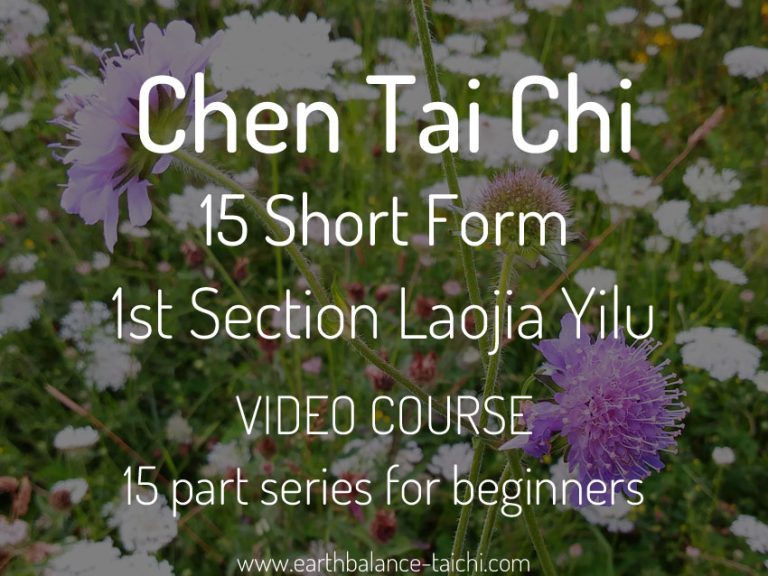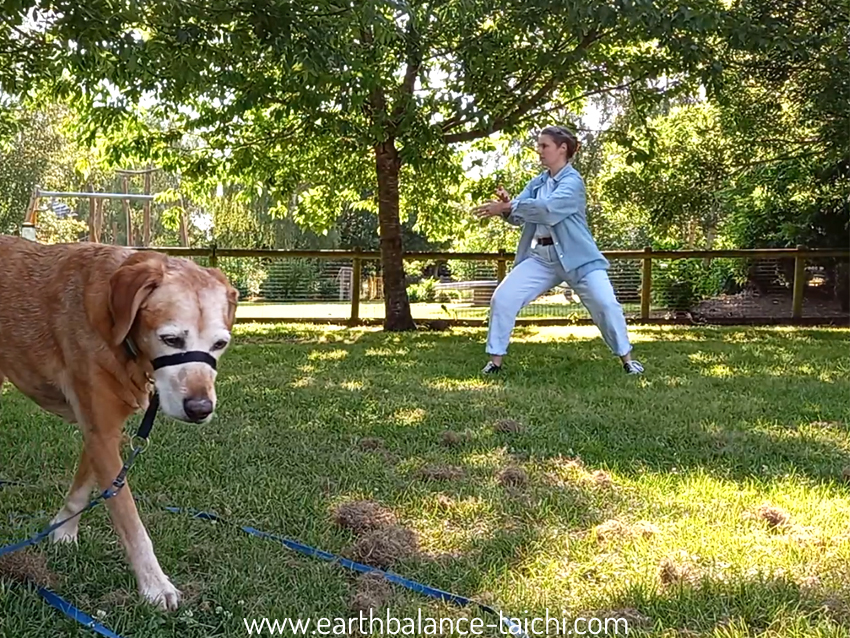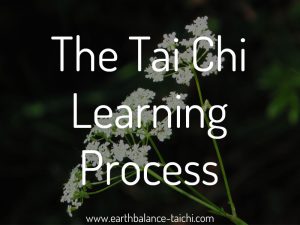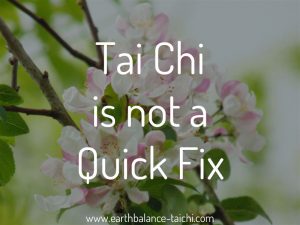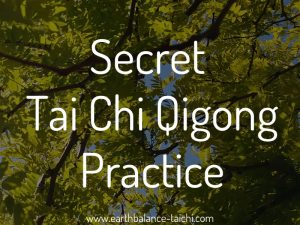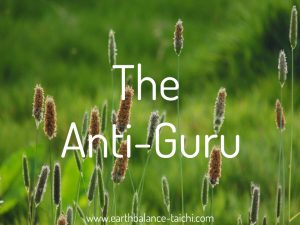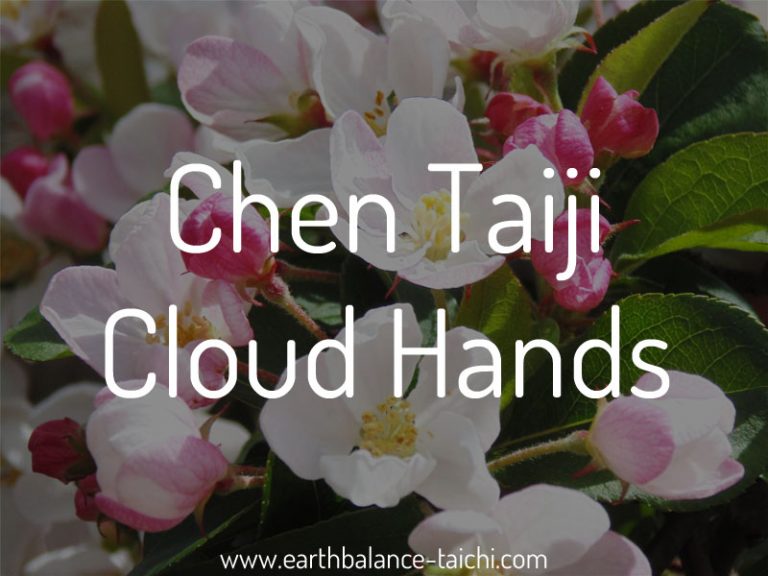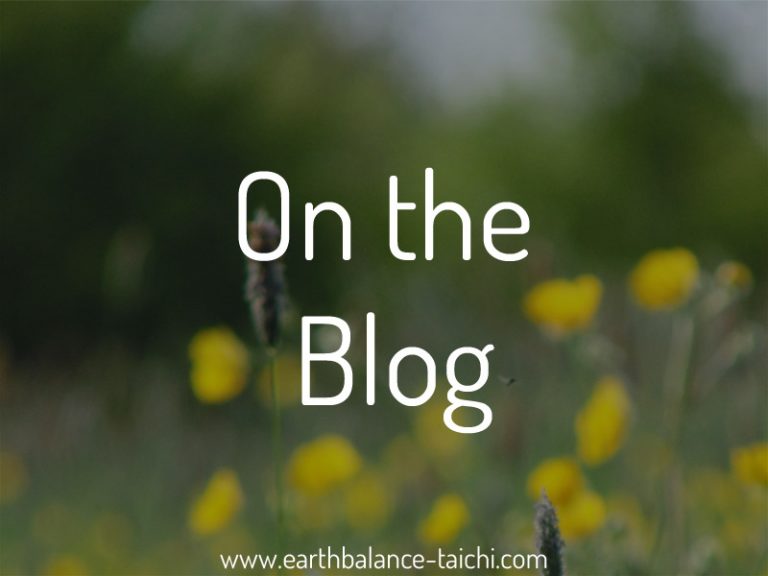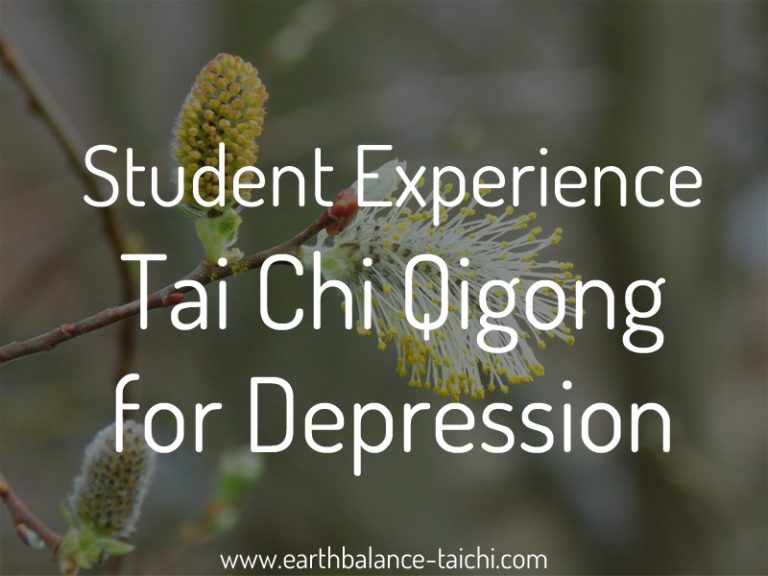Importance of Silk Reeling
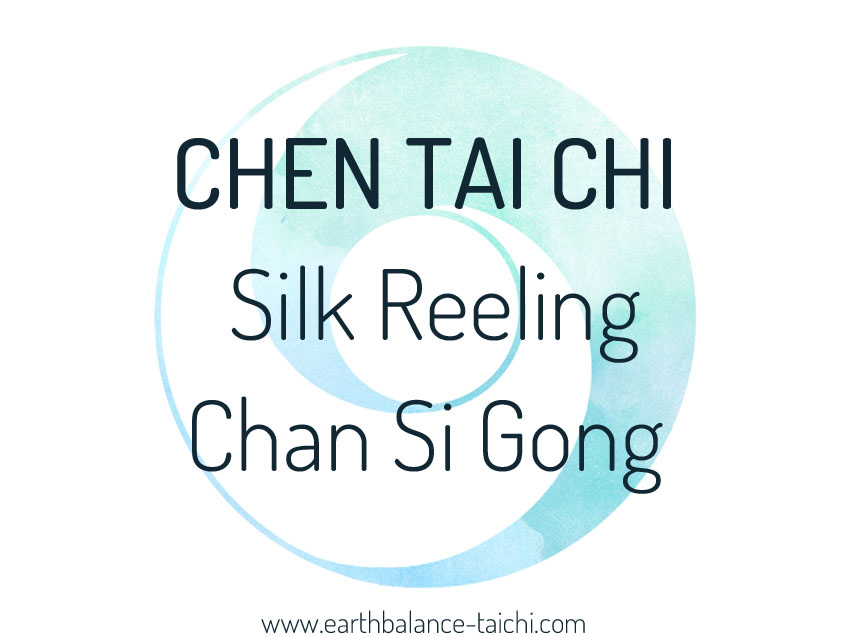
Importance of Silk Reeling
Silk reeling is at the centre of Chen style Tai Chi training, helping the student to develop strength, co-ordination, body awareness, unity in movement, relaxation and grounding. Also known as Chan Si Gong; Chan (pulling), Si (silk) and Gong (skill achieved through applied effort).
Chan Si Jin = A spiralling and coiling quality / cultivated skill within the physical structure.
- The quality of silk reeling is where the body coils and spirals within itself. The feet, legs, torso and arms moving through positive and negative circles and spirals connecting the body deeply through the connective tissue. Quality means how you hold yourself in your Tai Chi practice, rather than the bigger shape, it is an internal quality.
Chan Si Gong = The silk reeling drills and exercises.
- Silk reeling exercises are a series of repetitive movements performed on both the left and right side of the body that include; circling, curving and figure 8 movements, whole body relaxation, Dantian rotation, soft opening and closing of the Kua, expansion and compression of the joints, mobilises and elasticising the connective tissue, smooth weight shifting, appropriate body alignment, relaxed waist involvement with coiling limbs, a rooted lower body and diaphragmatic breath work.
The coiling action of silk reeling creates a spiralling internal force, used for power in Tai Chi Chuan. What sits at the heart of an effective coiling action is relaxation (fang song) of the whole body and a rooted structure. In silk reeling exercises the whole body moves as one continual spiralling unit driven from the waist/Dantian through the feet and legs. At any level of training Chen style Tai Chi, silk reeling drills are of great importance. How you move in silk reeling is how you move in the Tai Chi form, both are interdependent on each other. Training silk reeling drills is a life long skill to improve your Tai Chi form.
Silk Reeling - Key Principles
| Principle | Focus |
|---|---|
| Peng Jin | Expanded, rebounding, resilient, spiralling, balloon-like structure and motion. |
| Fang Song | Conscious relaxation, release of physical tension and loosening of the joints. |
| Chen | Rooting. A lower body quality including alignment, grounding, and sinking the centre of gravity. |
| Chan Si Jin | The silk reeling principle. A spiralling and coiling quality within the physical structure. |
| Ni Chan | Yin / negative / reverse / adverse - directional spiralling in the limbs and torso. |
| Shun Chan | Yang / positive / natural / following - directional spiralling in the limbs and torso. |
| Hou Hu | The backward arc in the silk reeling lower body movement, which establishes the figure 8 motion. |
| Yin Yang | Yin Yang expression in opening and closing the body, store and release, compress and expand, weight shifting empty to full, negative and positive limb spirals (Ni Chan and Shun Chan), inhaling and exhaling. |
| Yi | Intention. A deliberate and focused mind, including a martial spirit. |
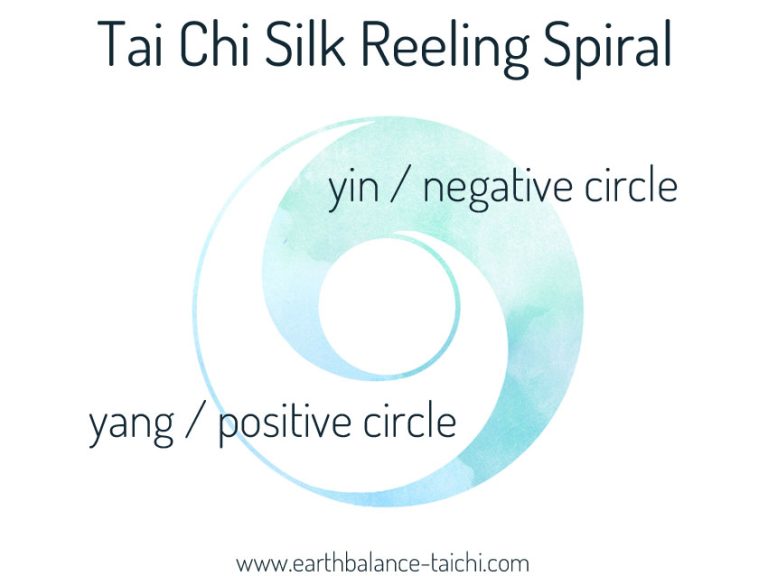
Silk Reeling - Drills
- Single palm front silk reeling - positive circle - side bow stance.
- Double palm front silk reeling - positive circle - horse stance.
- Single palm front silk reeling with side stepping - positive circle.
- Double palm front silk reeling with side stepping - positive circle (Yan Shou / cloud hands).
- Single palm forwards / deflecting silk reeling - negative circle - side bow stance.
- Double palm forwards / deflecting silk reeling - negative circle - horse stance.
- Peng Lu - positive & negative circle - forwards bow stance.
- Peng Lu with side stepping - positive & negative circle - side bow stance.
- Peng Lu forwards / advancing stepping - positive & negative circle - forwards bow stance.
- Side single palm silk reeling - positive circle - side bow stance.
- Side double palm silk reeling - positive circle - horse stance.
- Forwards / advancing stepping - negative circle - forwards bow stance.
- Backwards / retreating stepping - negative circle - forwards bow stance.
- Peng Lu Ji An - positive & negative circle - forwards bow stance.

Silk Reeling - Alignment & Other Principles
| Principle | Focus |
|---|---|
| Feet | Full connection to the ground through the foot. Toes and heels stay planted on the ground. Arch is maintained. The feet are aligned to transfer the body weight to achieve ground path. |
| Legs | Rounded, open, arched, relaxed groin and thighs, including knee alignment. |
| Waist | The waist loosening and turning in the movements. Song yao is applying active relaxation to the waist. |
| Kua | The outer hip crease, internal hip socket, part of the buttock and lower back. Relaxing and loosening the kua area with an opening and closing motion in the silk reeling movements. |
| Dantian | Rotation of the dantian through the movements. |
| Lower Back | Open the lower back by relaxing and lengthening the lumbar and sacrum. Bring dantian towards mingmen to fill the lower back to protect your spine. |
| Spine | Body upright, spine, neck, head. An upward lengthening elastic motion in the spine, paired with opposing 'Chen' force. |
| Chest | The chest is hollow / empty. The heart centre and opposite heart centre areas are both kept open. Non protrusion of the chest puffed out, and non slumping of the chest inwardly. |
| Elbows | Ground the elbows through the body. Place a gently relaxed expanding weight in the elbows to create space in the joint. Keep a slight bend in the elbows. In Taiji stance the elbows are slightly away from the body and rotated to the front. |
| Arms | The arms travel through negative and positive circular movements across all planes within the alignment. Wrists not passing the centre line, nor extending further than 45 degrees from the centre line. Limbs not hyper-extending to a locked position. |
| Shoulders | Root the arms into the shoulders. Avoid the shoulder crests protruding forwards or the shoulder blades closed together at the back. Relax and drop the shoulder blades down with gentle weight. Avoid having your trap muscles hunched up by your ears. Align the shoulders in profile as close to the line between the crown, ear, central shoulder joint and hip joint. Shoulders carry a lot of tension, align correctly and work to release and relax. |
| Empty / Full | Yin yang quality in the weight shifting, from empty to full. The difference between empty and full when shifting weight onto each leg. Training single leg balancing drills, empty stances and 70% - 30% weight shifting. |
Online Chen Tai Chi Classes
For students who want momentum to their Tai Chi practice, join our video on demand classes. Instructor Nicola shares her experience of Chen Tai Chi silk reeling exercises, from loosening, and left and right handed drills to developing silk reeling within the movements of the form. Patreon students also gain instant access to the video library, where you can follow along with the 6 week silk reeling for beginners video course, the collection of Chen Tai Chi foundation videos, along with the Chen 5 elements, the Chen 4 corners and Chen 15 forms!
Chen Tai Chi Silk Reeling Video Course
A digital product featuring 6 recorded classes of silk reeling tuition. With just over 7 hours of lessons, taken from our livestreams. You can watch the videos on demand through Vimeo or download the MP4 files to watch offline. For absolute beginners with no experience, this course will help you develop the key concepts of body alignment, figure 8 movement, body spirals and rotations, breath work and mind intent.
Live Online 121 Chen Tai Chi Classes
Instructor Nicola is passionate about sharing Chen style Tai Chi with her students, providing live online private tuition using video call. Learn traditional Chen style silk reeling movements in your own home and join Nicola's community of students on a journey to improved health and wellbeing. Discover how to combine body mechanics with applied relaxation and deep breathing.
